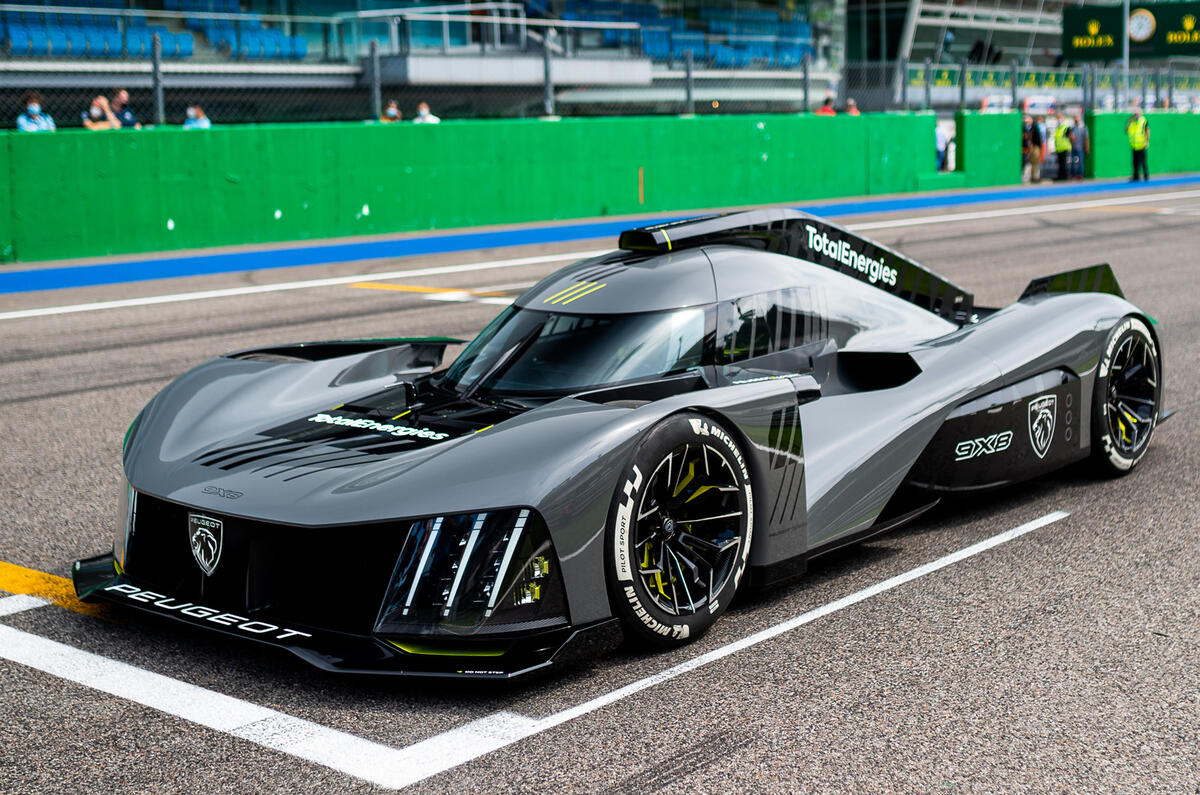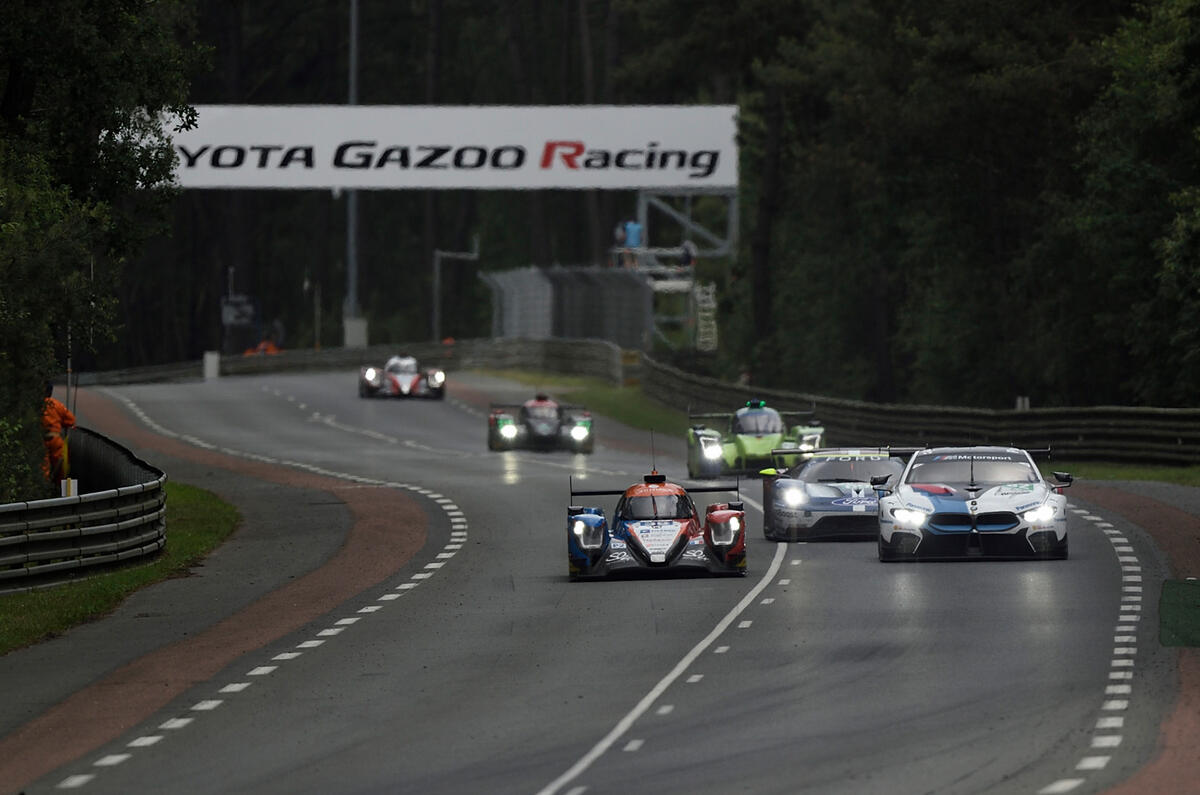Certain race cars gain a cult popularity that belies their on-track success. One of the best examples is the Volvo 850 Estate that contested the 1994 British Touring Car Championship. It never even scored a podium, but I would wager the Swedish racer is better remembered than Gabriele Tarquini’s Alfa Romeo 155 TS title winner.
The reason why is obvious: it was different, standing out in a pack of comparatively svelte saloons. And while it is an extreme example, others too have stood out for their design. The Benetton B192 is remembered now as the car that Michael Schumacher used for his first Formula 1 win, but in the 1992 season it was also notable for having a high nose at a time when most of the grid featured drooping low ones.
As with road cars, diversity is always welcome – and yet it has become increasingly rare. The reasons why are clear: increasingly restrictive regulations are robbing designers of freedom and advanced design tools further shepherd concepts down similar narrow roads. There are also an increasing number of series using spec chassis (such as Formula E), while road car design convergence affects production-based series.
It’s a real shame, because it steals some of motorsport’s appeal. Thankfully, some series are working to allow room for variety, and a fine example is the new Peugeot 9X8 Le Mans Hypercar (LMH) that’s due to contest next year’s World Endurance Championship.

It has caused a major stir, because it forgoes a big rear wing in favour of a smaller and lower rear spoiler. This has led to plenty of chat about whether the concept will work, which is great: it’s sparking debate before it has even turned a wheel in public. But the 9X8 also stands out because it looks really distinctive, with design cues from Peugeot road cars.
See it next to its Toyota GR010 Hybrid rival and you won’t mistake the two, which is good news. To use motorsport as a marketing tool, firms want their race cars to stand out.
The creators of the LMH and related Le Mans Daytona Hybrid (LMDh) rules – to which Audi, BMW, Ferrari, Porsche and more are working – came up with a package that dictates an overall downforce level for a car but gives considerable freedom in how it’s achieved. The rules also cover the non-aerodynamic bodywork areas, freeing firms to adopt styling that echoes their road cars.



















Join the debate
Add your comment
Wonder when they're going to take the biological interface out of the Car?, tech is getting to the stage that the driver isn't in control, he's there to monitor , no decision making,effectively just ballast, seriously, I like the look of Lemans cars from the 60's on, these new cars are amazing,shame this motor sport doesn't get more coverage.